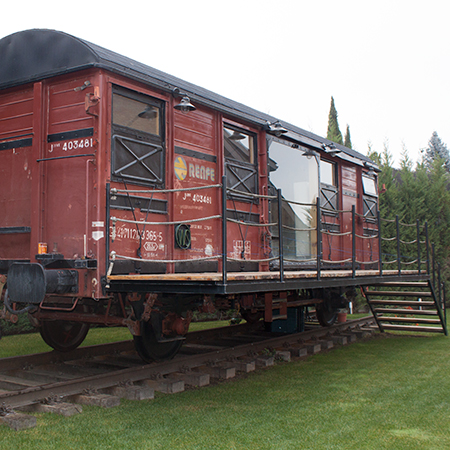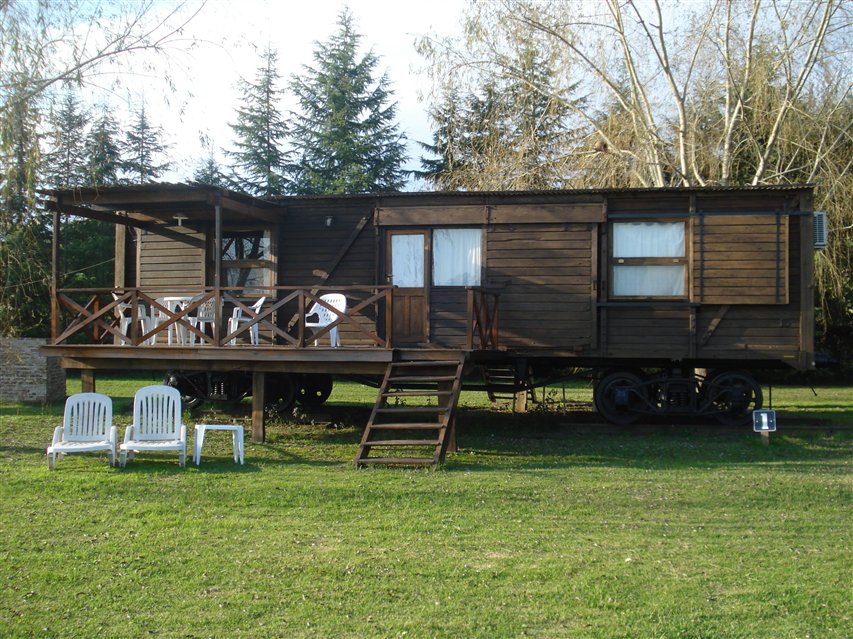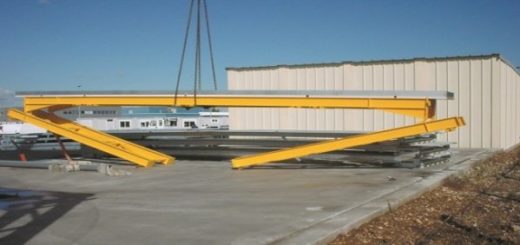How to Turn a Train Carriage into a Home – Ideas, Costs, and Tips

Turn a Train Carriage into Your Home 🚂🏠
If you’re a train enthusiast and looking for a unique small home to use as an office, studio, shop, or even a restaurant, here’s a creative and sustainable idea:
transform a train carriage into your own house.
We’ve already seen in other projects how to reuse a shipping container to create a compact office or workshop.
These modular constructions make assembly easy and help reduce costs significantly, especially when high-end insulation or finishes are not required.

Old Renfe freight carriage
🚃 A Home on Rails: Advantages and Limitations
The main challenge when converting a train carriage is its limited interior width, which restricts how you can organize the space.
However, its strong steel structure and industrial character make it an ideal base for creating unique, functional, and character-filled spaces.
The conversion process is quite similar to that of a shipping container and can even be more affordable, as many carriages already have thermal and acoustic insulation.
🏗️ Options for Acquiring or Adapting a Carriage
The most practical approach is to purchase a pre-refurbished carriage from a specialized company. This way, you can avoid the complex adaptation process.
Some companies, such as Wagonstill, handle the entire project: sourcing, restoring, transporting, and installing the carriage wherever you choose.

🔨 Renovating Your Own Carriage: An Exciting Adventure
If you prefer a hands-on approach, you can buy a carriage at Renfe auctions or through companies that maintain railway vehicles.
Prices usually range between €20,000 and €40,000, depending on the model and condition of the carriage.

Don’t forget to include transport and installation costs in your budget, as you’ll need a stable base.
Ideally, you could place it on a short section of railway track or build a reinforced concrete platform as a foundation.
🏠 What You’ll Need to Adapt for Comfortable Living
- Thermal and acoustic insulation: essential, especially if the carriage was used for freight.
- Utilities: you’ll need to install electricity, plumbing, and drainage just like in a conventional home.
- Interior finishes: wood panels or lightweight materials can make the space warmer and more comfortable.
📜 Permits and Regulations
There’s no specific building regulation for this type of project.
The smartest option is to apply for a new building permit, since connecting to public water and sewer systems and placing the carriage permanently makes it legally equivalent to a fixed dwelling.
Keep in mind that not all municipalities allow a carriage to be installed on private land, so check with your local council before starting this unique adventure.

🌿 Final Thoughts
Transforming a train carriage into a home, studio, or restaurant is an original, sustainable, and functional way to create a distinctive living space.
Beyond the savings or aesthetics, these projects represent a new way to live — combining creativity, sustainability, and respect for industrial heritage.
Written by the Vilssa Architecture and Sustainability Editorial Team.

















